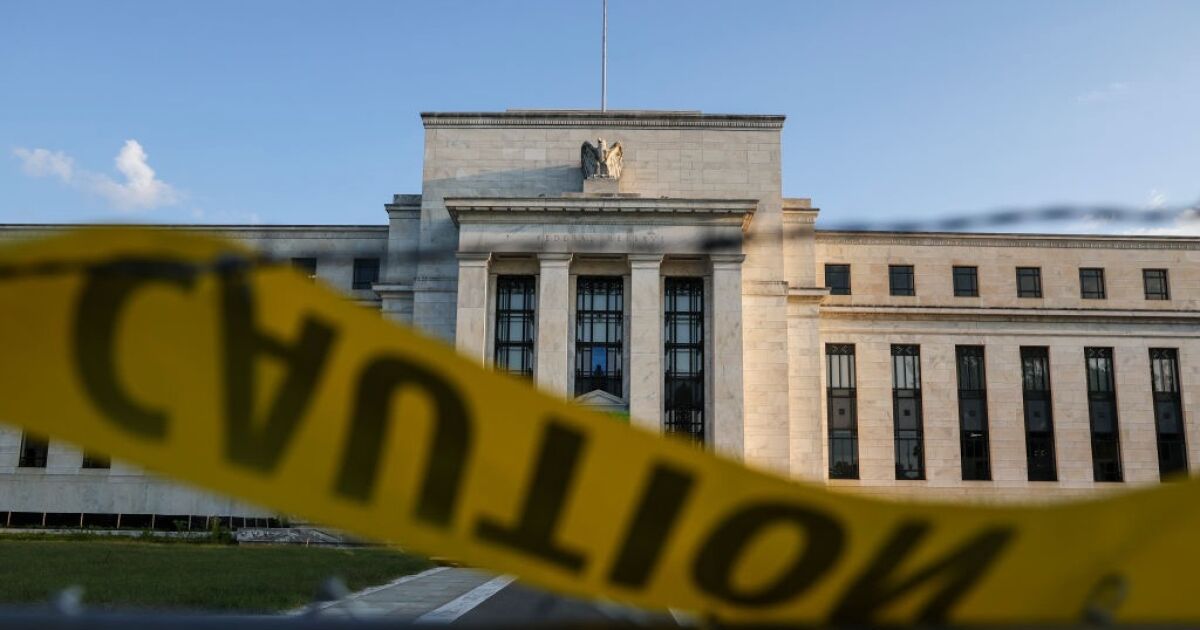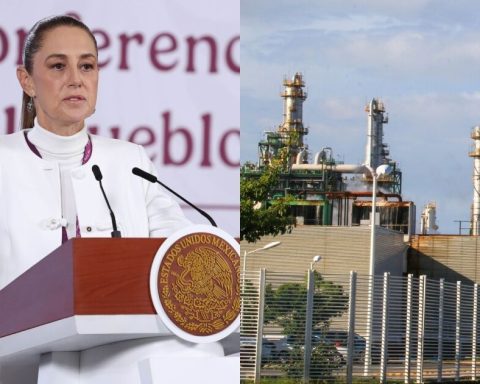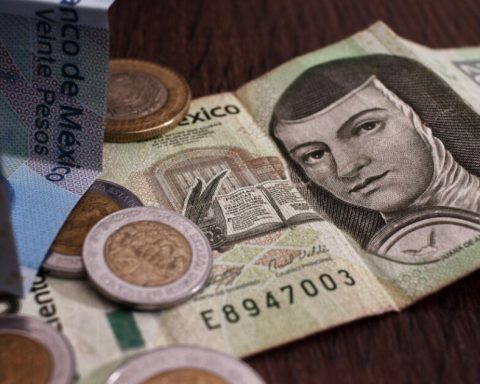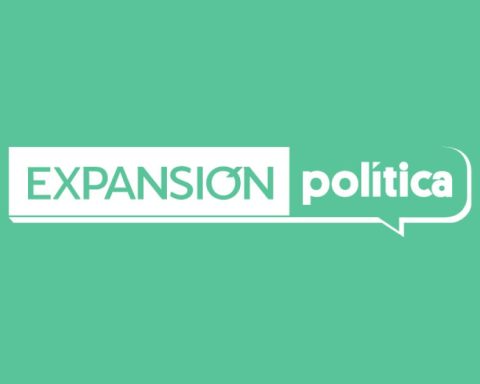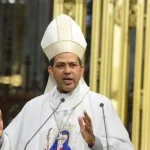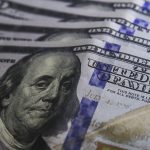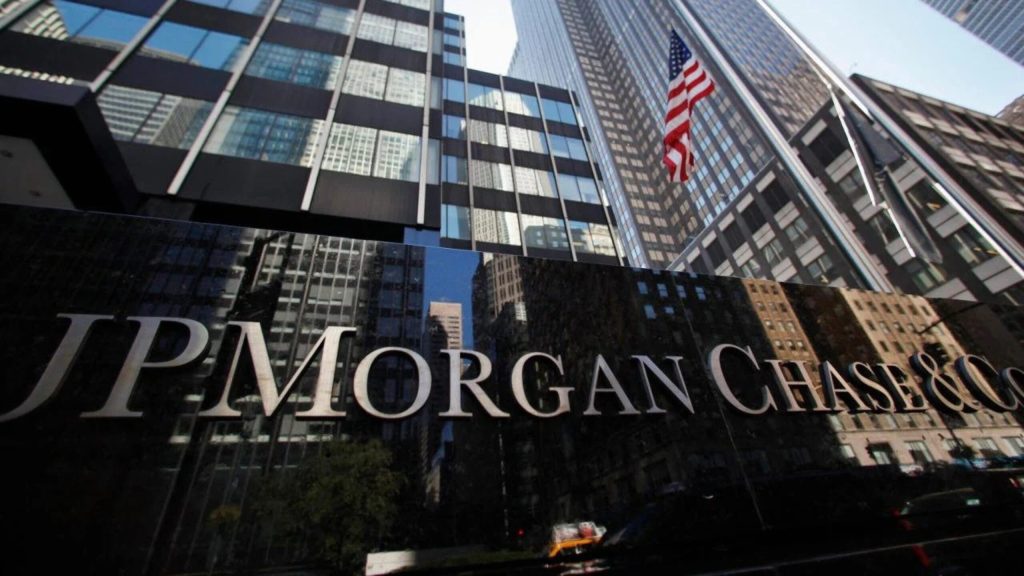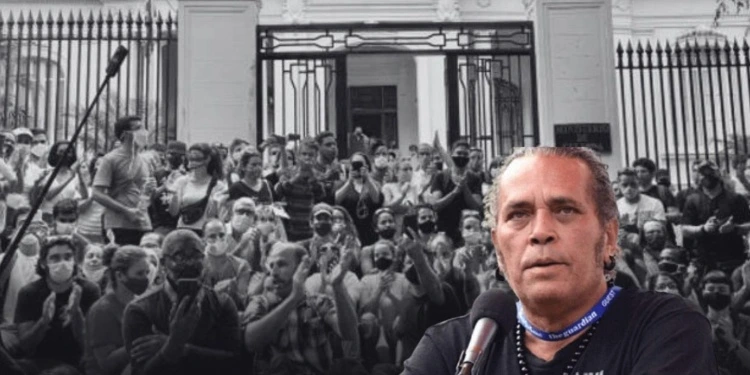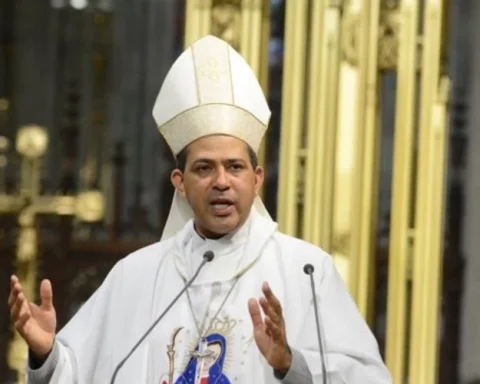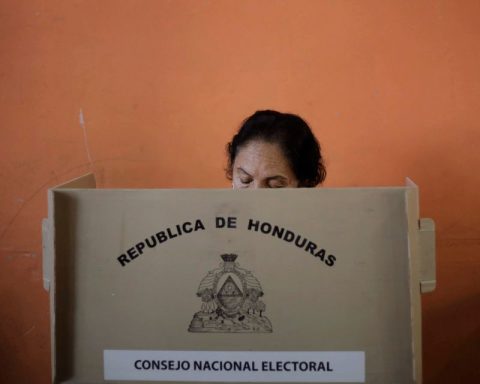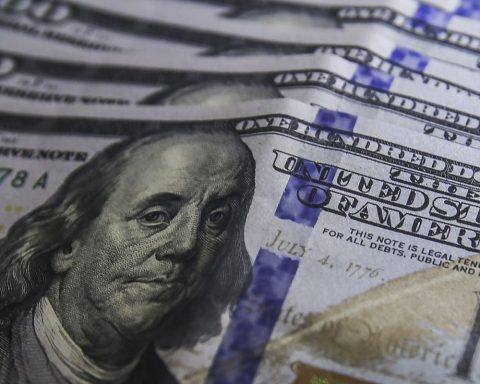Participants noted the complications of formulating monetary policy at this time, with “many” saying that given the volatility of recent economic data it was important to try to discern underlying trends, and many also noted that uncertainty over the neutral interest rate made it difficult determine the extent to which current rates were actually stifling economic activity.
A situation that led some participants to point out “that the Committee could pause its relaxation of the official interest rate and keep it at a restrictive level” if inflation remained too high, and others to affirm that the cuts could be accelerated “if the labor market was declining or economic activity was faltering.
“Many” officials argued that doubts about the true direction of monetary policy “made it appropriate to reduce the tightening gradually.”
The Fed cut its official benchmark interest rate by a quarter of a percentage point to a range of 4.50%-4.75%, in the meeting three weeks ago, a session that took place after the victory of Republican candidate Donald Trump in the US presidential elections on November 5.
According to the minutes, Fed officials appeared to stay out of any discussion this session about the economic implications of Trump’s upcoming return to the presidency.
Since the meeting, officials have asserted that current economic strength means the Fed’s benchmark interest rate could already be close to the “neutral” level, where it neither stimulates nor slows activity, an argument in favor of less. rate cuts at a slower pace to avoid loosening monetary policy too much and possibly reigniting inflation.
Others argue that the economy is likely to slow and the labor market will continue to weaken, which would be a reason to continue easing financial conditions to encourage spending and investment.
Although investors still expect the Federal Reserve to make another quarter-percentage-point cut at its Dec. 17-18 meeting, the odds have dropped from more than 80% in mid-October to just over 50% recently. .
